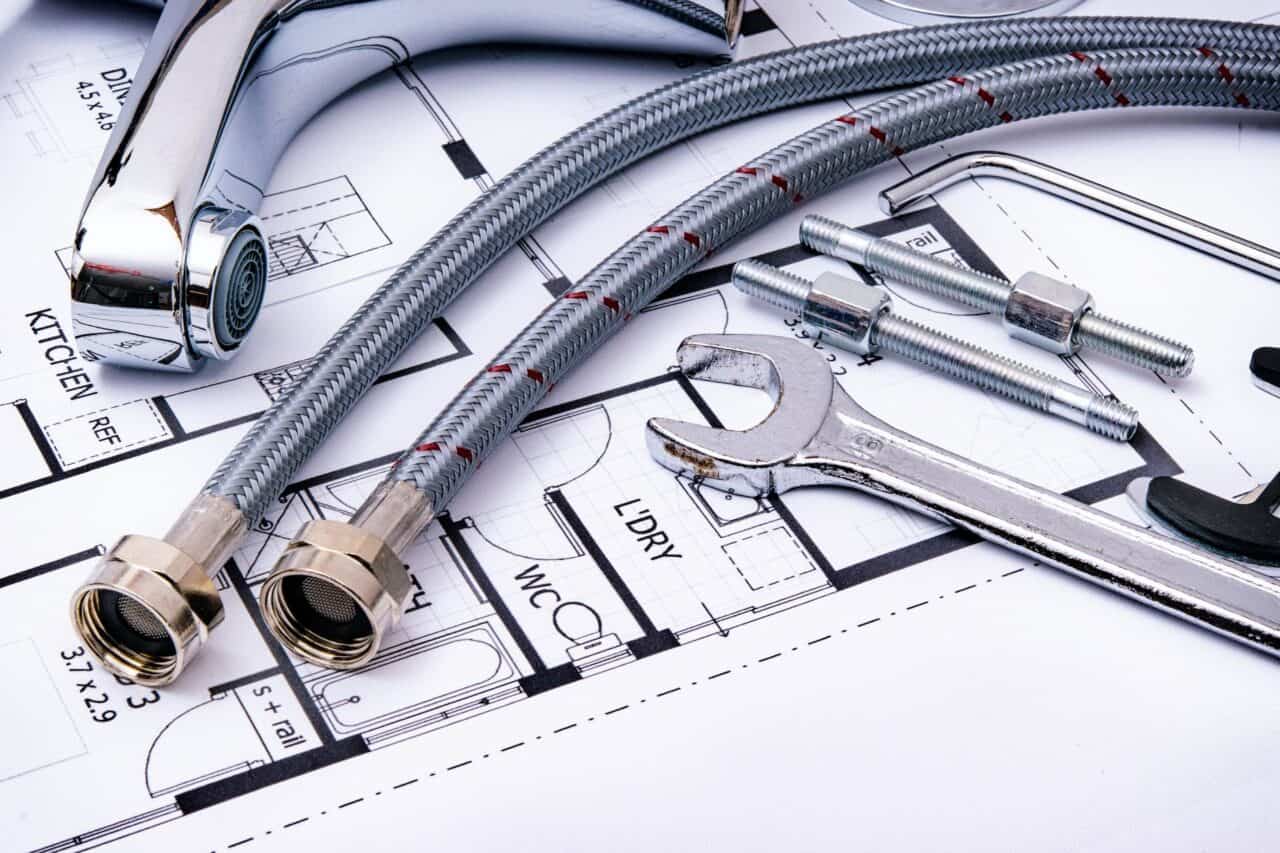Featured
Water leaks may be frequent, but they have a great potential to be disastrous. You should be able to find water leaks promptly as a homeowner to prevent more significant issues. The good news is that you can address these problems long before they endanger you or your property if you know how to locate a water leak in your home.
Examining your water bill is one of the simplest ways to determine if you leak. An abrupt rise in costs may indicate a leak since leaks frequently result in sharp increases in your water bill.
Water can be wasted through leaks, harming your house and promoting unwelcome organic development. Unfortunately, most of the pipes in your home are hidden, so you might only sometimes be aware that a leak has developed. So let’s take a quick look to identify where the typical leaks in your house cause water loss.
Common places for home water leaks

Poor plumbing
Most water leaks can be traced back to a flaw in your plumbing system. The water transitions from the tank to various house portions through a sophisticated series of units. The bathroom and kitchen are the most frequent locations to check for damaged plumbing fixtures. The majority of the water-using equipment in a home is located in these two areas.
Remember them because there are other areas of the house where plumbing could malfunction. These areas consist of the laundry room and the house’s sprinkler.
Water heater
Most homeowners need to give their water heaters more thought because they operate in the background. However, leaks may also occur in your water heater. Look for damage to your water heater and listen for odd noises that can point to a leak. It could be time to upgrade your water heater if it is near the end of its useful life.
Water lines
Leaks from outside the house are also possible, in addition to leaks inside the house. It is because water goes through several steps before it reaches the appliances you use. Large water pipelines built to last a long time transport the water through these stages. If these pipes burst out of sight, you might find leaks in some areas of your home.
If you water your landscaping, you may already know of leaks in water lines and fixtures. Unfortunately, many water lines break due to the intense summer heat, leaving you with the job of mending the line’s rips and tears. It can be complicated to locate and fix these leaks.

Roof leaks
Although most roofs are relatively sturdy, even the most robust roofs can sustain damage during a severe storm. If there are water stains on your ceiling, your roof may leak. A professional roofer must check your roof and repair the damage.
A pool leak
Multiple repairs may be required to fix a pool that is leaking, and the longer the leak goes unnoticed, the more expensive the repairs will be. An extensive array of leak-related costs and repairs might result from a pool leak. However, a rise in your water or electricity bill could indicate a leak has occurred. In addition, your pump, filter, and filler will frequently have to work longer hours due to a leak, which can increase your energy usage and even treble your monthly energy cost.
Your pool may leak in various places, so you should become familiar with its essential components. In addition, your service provider will search for leaks if you have weekly pool maintenance performed.
Sometimes fixing the leak only requires cleaning or changing the O-ring. However, the complete filter must be replaced if there are any apparent fractures or holes. While you wait for expert Leak Detection repair, feel free to patch any obvious holes or cracks. However, remember that a patch is only a short-term fix, and a complete replacement cannot be delayed.
A clogged drain
Used water needs proper drainage to exit, and unused water needs unobstructed flow. You will only be able to use the water well in your home if any portion of the system is clear. When drainage is blocked, water will attempt to escape through alternative channels. It may result in leaks in different areas of the home.

Defective appliances
Water can leak into the house if one of the water-using appliances has a problem. For instance, if your kitchen faucet leaks, the water will drip gradually and continue until you fix the faucet. The toilet, shower, sprinkler, and other appliances operate similarly. For example
Households use toilets most often. The flapper, water supply line, and wax ring under the toilet usually leak. Dripping water or low water pressure makes these leaks apparent. Clogged sinks may leak frequently. In addition, food waste, soaps, hair, and other material can damage pipes, causing leaks and bursts.
Showerheads often leak. Tightening or replacing the showerhead fixes these tiny leaks. Faucets leak like showerheads. Fixing leaks usually starts with tightening or replacing them. However, low water pressure may signify a significant plumbing leak.






























